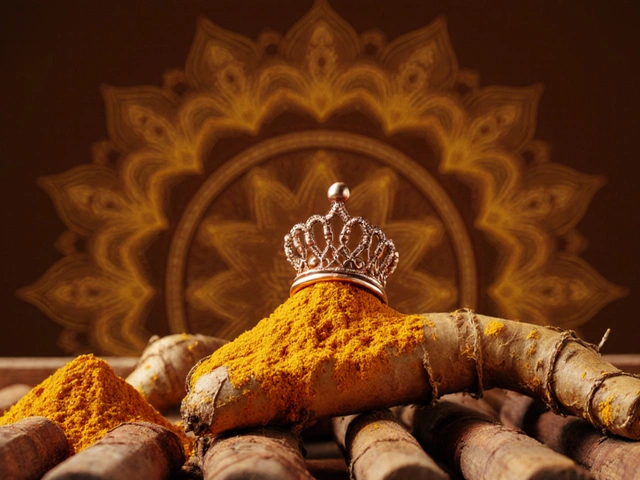Herbal Toxicity: What You Need to Know Before You Take Any Plant‑Based Remedy
Herbal medicine feels natural, but not every plant is harmless. In India, many people reach for a herb because it’s “old‑school” or advertised as a quick fix. The reality is that some herbs can cause liver damage, heart problems, or even death if used wrong. This guide breaks down the biggest toxicity risks, tells you what symptoms to watch for, and shows how to pick safe products without getting fooled by hype.
Common Herbs That Can Turn Toxic
Even well‑known herbs can become dangerous when taken in high doses or mixed with other medicines. Aristolochia (often hidden in weight‑loss blends) contains aristolochic acid, a proven kidney toxin. Ephedra (known locally as “ma huang”) spikes blood pressure and can trigger heart attacks. Yashtimadhu (licorice root) sounds sweet, but too much can raise sodium levels, leading to hypertension and fluid retention. Goldenseal and kava are popular for colds and anxiety but may harm the liver when used daily. Finally, some “herbal teas” include **Aconitum** (monk’s‑shood) which is poisonous even in tiny amounts.
How to Spot a Potentially Dangerous Herbal Product
Spotting a risky product starts with the label. If the ingredient list uses scientific names like *Aristolochia* or *Ephedra* without clear dosage, walk away. Look for products that mention “standardized extract” and give exact milligram amounts – vague statements like “herbal blend” are red flags. Check if the company follows the **Food Safety and Standards Authority of India (FSSAI)** guidelines; registered brands usually have a license number on the packaging. Online reviews can help, but trust websites that provide third‑party lab test results rather than just testimonials.
Another warning sign is a claim that the herb can cure serious diseases such as cancer, diabetes, or heart disease. No single plant can replace proven medical treatment, and any product promising a miracle usually skips safety checks. If you’re already on prescription drugs, use a pharmacist or doctor to verify that the herb won’t interact. Even “natural” remedies can affect blood thinners, diabetes meds, and antidepressants.
Symptoms of herbal toxicity often show up gradually. Common signs include nausea, abdominal pain, yellowing skin (jaundice), unexplained bruising, rapid heartbeat, or persistent headaches. If you notice any new symptom after starting a supplement, stop using it and seek medical help. Mention the exact product name and dosage to the doctor – this speeds up diagnosis and treatment.
When you decide to use an herb, start with the lowest effective dose and give your body time to adjust. Keep a simple diary: note the product name, amount, time of day, and any side effects. This record helps you and your healthcare provider spot patterns before they become serious.
For everyday safety, stick to herbs that have a long history of safe use, such as turmeric, ginger, and holy basil, and buy them from reputable grocery stores rather than unverified online sellers. If you need a concentrated extract, choose brands that publish third‑party testing results for heavy metals, pesticides, and microbial contamination.
In short, herbal doesn’t always equal harmless. By checking labels, staying aware of common toxic herbs, and watching for warning signs, you can enjoy the benefits of plant‑based medicine without risking your health. Stay curious, stay cautious, and always involve a healthcare professional when you’re unsure.

Herbal Supplements That Harm Your Liver: What You Need to Know
Some herbal supplements can cause liver damage. Get the facts on which herbs are toxic, why they're risky, and tips for safe use of herbal remedies.

Age Limit in IVF: What You Need to Know
Feb, 13 2025

Top 3 Survivable Cancers: Understanding and Hope
Mar, 8 2025

Turmeric: The King of Healing Herbs Explained
Oct, 12 2025

